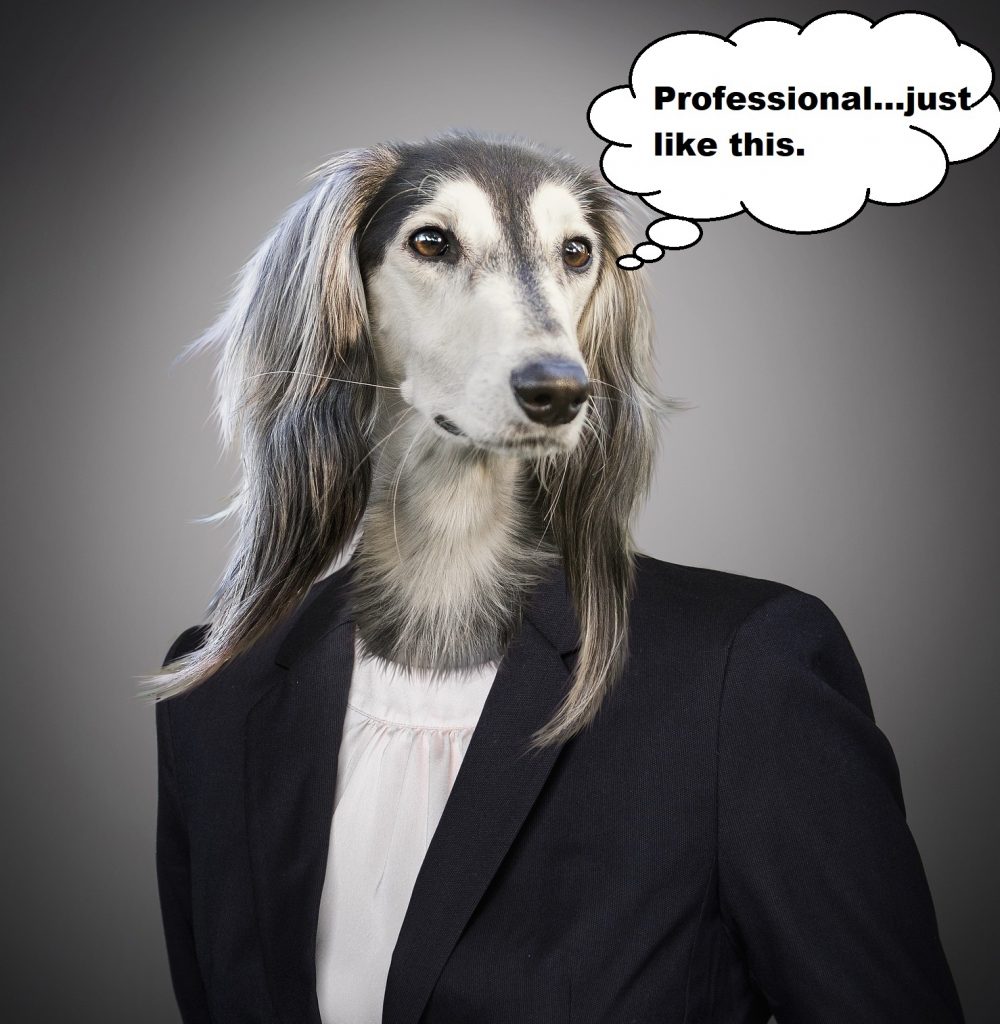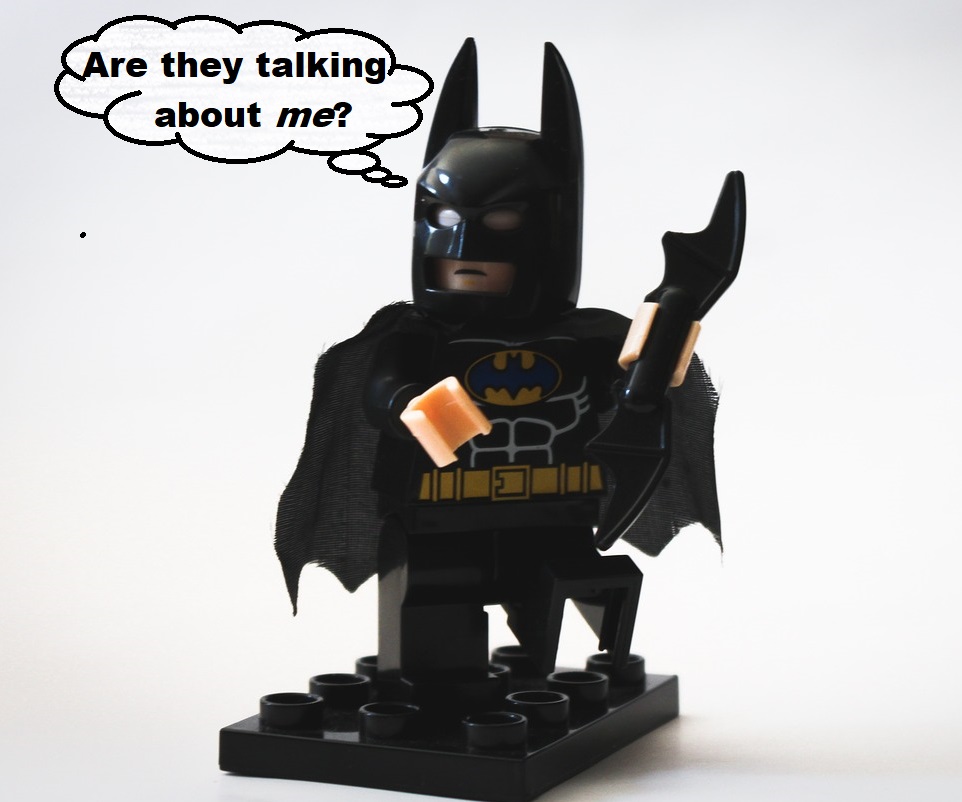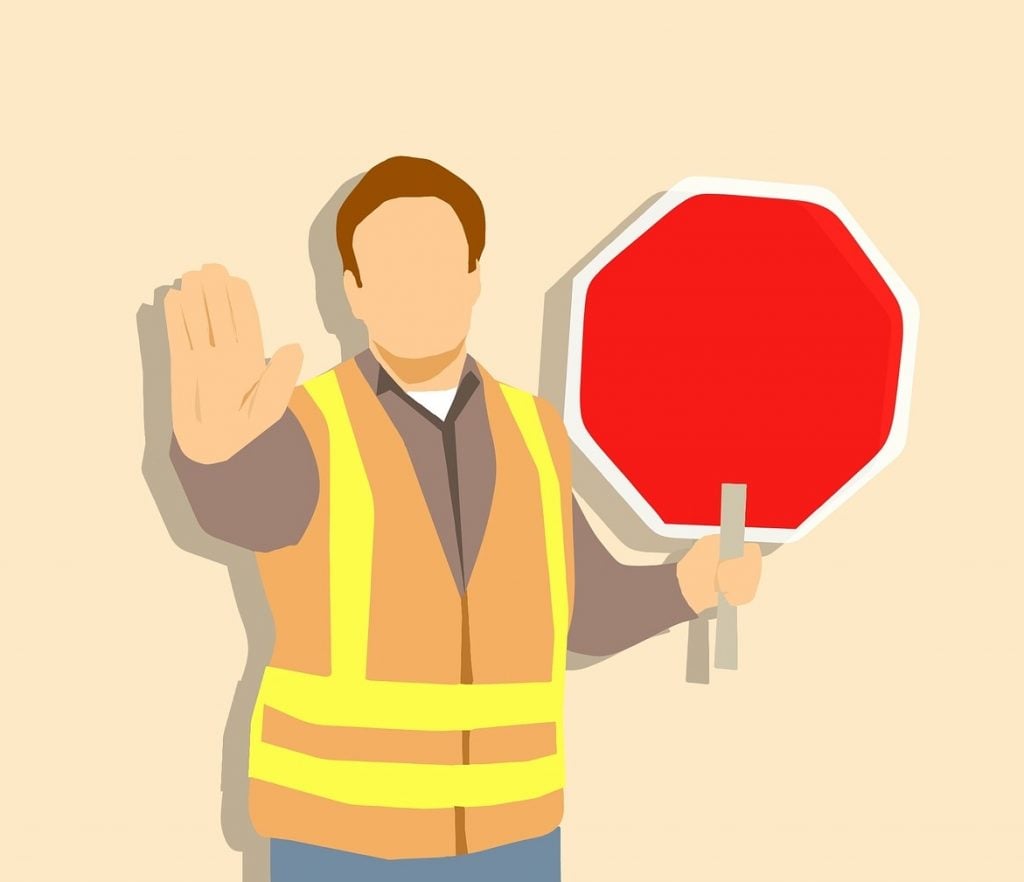Question: Who actually writes letters these days?
Answer: Everyone, including you!
Traditional, handwritten “snail-mail” letters might seem like they’re on the endangered species list, but that doesn’t mean that letter writing isn’t alive and well.
Knowing the ins and outs of writing a professional letter is a necessary skill for anyone entering college or the workforce and wanting to get ahead.
You need to know how to format and write a letter if you are…
- Filling out a job application
- Sending emails to professors or potential/current bosses
- Contacting colleagues at work
- Crafting a recommendation letter for someone else
- Writing to elected officials
What your recipient reads is a reflection of you and your ability to communicate.
If you write well, your recipient will take you seriously, and you’re more likely to get what you want: an interview, a job, an internship, a raise, etc. But if you don’t, that letter will probably end up in the trash.
Let’s avoid the trash. Follow these top-five tips on what you can do to make sure you’re writing a professional letter that knocks the recipient’s socks off!
1. Know Your Style
Are you writing to your professor about an upcoming exam? Or perhaps you’re applying for a job and writing a cover letter. Whatever the case, make sure you take the right approach.
There are many types of professional letters out there, and while each will follow a similar structure, they all have different specific goals.
Here are some common types of letters you’ll probably end up writing throughout your career:
- Inquiry/Query letter
- Cover letter
- Thank-you letter
- Follow-up email
- Acknowledgement letter
- Withdrawal letter
- Acceptance letter
- Decline letter
- Resignation letter
2. Pay Attention to Formatting
If you dress professionally for an interview, you’re more likely to get hired. Professional letters also have a strict “dress code” when it comes to formatting correctly.
Because this is formal writing, you don’t want it to look like a text message you’d send to just anyone. There are rules to follow.
A professional letter should be well-written, but you’re not creating an abstract work of art or the next Great American Novel. These letters should be straightforward, polite, diplomatic, and easy to read.
Here are some tips:
- Keep it short—about three paragraphs on a single page will do. Use simple, professional-looking fonts, such as Calibri, Times New Roman, Arial, Cambria, or Verdana. Avoid Comic Sans and other goofy fonts like the plague.
- Your font size should be 10 pt or 12 pt. Any smaller and the recipient will be squinting to read it. If you find you cannot fit everything in one page with 10 pt font, then something has to go.
- Make sure the entire letter text is left-aligned. Use single-spacing for each body paragraph and double-spacing between each paragraph.
- And don’t forget your margins! About one inch on all sides is best.
Helpful tip if you’re using MS Word:
Since 2010, all versions of Word, by default, use 8 pt line spacing (the space between each line in a paragraph), which can cause some formatting headaches. You’ll want to change this back to 0 pt. Don’t know how to do this? Need to change some other spacing issues too? Here’s how.
3. Get the Foundation and Frame Right
A house without a proper foundation and frame will fall apart, and your professional letter is no different. So let’s give it some strong legs to stand on by setting it up right.
All professional letters, regardless of type, should contain the following, in order:
- Your name and address in the upper left corner
- The current date
- The recipient’s name and address
- Salutation (also known as the greeting)
- Body (about two to three short paragraphs)
- Closing
- Signature
- Your typed name
Of course, it’s pretty tough to build a house with just the required supplies. You need a blueprint, so let’s take a look at how all of these pieces fit together in the following example.
Hank Venture
123 Compound Drive
Colorado Springs, CO 80829
July 28, 2018
Bruce Wayne
1007 Mountain Drive
Gotham, NJ 10007
Dear Mr. Wayne,
The first paragraph of a professional letter should begin with a friendly opening. Immediately transition into the main purpose of your letter. Try to find a subtle way to hook your recipient’s attention.
The second paragraph can go into a little more detail now that you’ve set the stage and introduced your purpose.
Essentially, you’ll be supporting your main point with relevant information (your experiences, background, or accomplishments, for example). This information can vary widely depending on the type of letter.
In the closing paragraph, restate your main point and why it is important. If you’re writing regarding a job opportunity, this can be a good place to request a meeting with the company. Otherwise, thanking the recipient for his/her time and consideration is appropriate.
Sincerely,
Hank Venture
4. Don’t Forget the Nitty-Gritty Details
The above is the typical way to frame most of your letters, but there are some parts that may need some tweaking here or there, and a lot of that can depend on circumstance.
There are plenty of examples of professional letters out there to help you see how it’s done.
On signatures
In this digital age, it’s becoming increasingly rare to see a signature on many forms of communication, even in the professional world.
That said, if you’re mailing a letter as part of an application packet to a school or potential employer, you should include your signature as part of your closing.
This method is pretty easy. Make sure you add four spaces between your closing phrase (Sincerely, Best, etc.) and your printed name at the end of the letter. Once you print the letter, sign your name in this space, preferably in black ink.
If you’re sending a letter digitally, the signature is less important but can still earn you some style points. If you’re able, write your signature (again, in black ink) on a piece of plain white paper, and scan it.
Crop the scanned image to just beyond the edges of your signature, and save it as a JPEG or PNG file. You can copy/paste or insert this image into your letter with whichever word-processor program you’re using.
Here are some details on adding signatures to Gmail, Google Docs, and MS Office docs.
On enclosures
You may need to use an enclosure line if you’re applying to a school or job and are attaching relevant materials, such as a resume or CV. This is considered a professional courtesy and basically tells the recipient that the other items are included.
Include the enclosure after your signature and printed name. And then list the enclosed items.
Example:
Sincerely,
Philip J. Fry
Enclosures:
Curriculum Vitae
Letters of Reference
What about email?
A lot of your professional communication during college and in the workforce will take place over email. But for the most part, you won’t have to be quite so formal as when writing a letter.
That said, some potential employers may have you email your application materials. And if you ever want to write a letter of inquiry about a position, there is a good chance you’ll do so over email.
In these situations, stick to all of the rules above, except for the important formatting changes detailed below.
Subject line
You know that emails should have a subject line, but maybe you’re unsure of what to put on this line when sending a professional email. Unless a job posting or similar situation instructs you otherwise, use the subject line to concisely state your specific purpose.
For example, if you’re writing to a company regarding a potential opening, you might try something like this:
Team Coordinator Position Inquiry
In just a few words, this line tells the recipient exactly what you’re writing about.
Body text and closing
In an email, you may forgo the address and date at the top of your message. Just start with the salutation, write your body paragraphs, and end with your closing.
You may include your digital signature following the closing phrase. Then type your name as you would in a traditional letter, and include your contact information below this.
That’s really all there is to it! But if you want more info on writing professional emails, head over to How to Write a Professional Email … Like a Professional.
5. Walk the Walk
So you’re ready to start writing that letter, right? Not so fast!
You’re almost there, but let’s talk about what really sets a good first impression when you’re writing a professional letter: showing off just how professional you are. Here’s how it’s done.
Research!
I can’t stress this one enough—don’t start writing a professional letter without first looking up the specific person you should be writing. If you’re applying for a job, doing this shows that you’re willing to go beyond the bare minimum when reaching out to the company.
You can usually find information about an HR/talent manager by looking on a company’s website or LinkedIn. When in doubt, don’t be afraid to call the company to ask for the name and contact info of this person.
And always make sure you’re spelling the person’s name correctly. This small step can really make all the difference.
Doing your homework on a company can also help you figure out what kind of language you should include in your writing. Many companies will post their mission statements or values on their websites, and this can give you an idea of what a company’s culture is like—cater your writing to this.
Use the right tone
The way we write affects how others perceive us. If you want to appear professional, you have to write using the appropriate tone. Here are some pointers to help you out:
- Write complete sentences.
- Write simply and concisely. Don’t use a lot of flowery, descriptive language.
- Be confident and enthusiastic, not hubristic or self-deprecating.
- Avoid slang, jargon, and curse words.
- Be politically correct. Sexist and other biased language, for example, will not be tolerated.
- Avoid using exclamation points.
- Humor is subjective, so don’t try to be funny or sarcastic.
- Be accurate. If you make any claims, be sure to fact-check yourself.
- Avoid contractions (they’re, don’t, etc.).
- Avoid cliches.
- Don’t repeat yourself. The letter is a small space, so the recipient shouldn’t be reading the same thing over and over again.
- Always proofread your work for spelling and grammatical errors.
Most of All, When Writing a Professional Letter…
Slow down and take your time with the writing.
These letters are meant to represent who you are as a person and professional scholar or employee. It took a long time and a lot of work to get you to this point, and your writing should be carefully crafted to show this fact to your recipient.
When you sit down to write that first draft of your letter, don’t forget to one of Kibin’s professional editors take a look. They can help your letters (and resume!) stand out and show off just how awesome—and professional—you really are.





